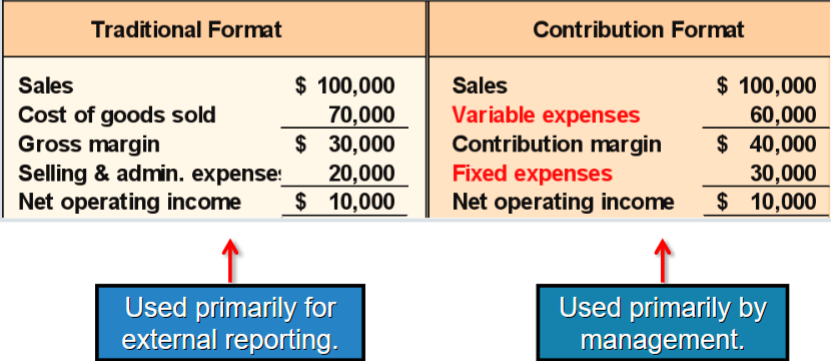MGMT 30B Ch 1
1/30
There's no tags or description
Looks like no tags are added yet.
Name | Mastery | Learn | Test | Matching | Spaced |
|---|
No study sessions yet.
31 Terms
Managerial accounting
provides info to employees in the organization to make plans, control operations, and make decisions
Cost object
anything for which cost data is desired (products, customers, plants, office locations, departments)
Direct cost
easily traced to a specified cost object
Cost MUST be caused by a specific cost object
Common cost
incurred to suppose a member of cost objects be can’t be traced to them individually
Ex: factory manager’s salary
type of indirect cost
Direct materials
raw materials whose costs can be easily traced to finished products
Direct labor
labor costs easily traced to finished products
Aka touch labor since direct labor workers TOUCH the products being made
Prime cost
sum of direct materials cost and direct labor costs
Manufacturing overhead
all manufacturing costs outside of direct labor and material costs
includes indirect labor and indirect materials
Includes other production costs like depreciation of manufacturing equipment, utility costs, property taxes, insurance premiums, etc needed to run the factory
Conversion cost
sum of direct labor and manufacturing overhead, costs incurred to CONVERT direct materials into finished product
Selling costs
costs incurred to secure customer orders and get the finished product to the customer
Ex: advertising, shipping, sales travel, sales commissions, sales salaries, cost of finished goods warehouses
Administrative costs
costs associated with general management of an organization
Ex: executive compensation, general accounting, legal counsel, secretarial, public relations, etc
Product Costs
all costs involved in acquiring or making a product
Attach to products as they’re purchased or manufactured and stay attached in inventory while waiting to be sold
When they’re sold, the costs go to the income statement as COGS and are matched against a sale
Period Costs
include all the things product costs exclude
All SG&A expenses
Expensed on income statement in the period incurred
Cost behavior
how a cost reacts to changes in the level of activity
3 types: variable, fixed, and mixed
Cost structure
relative proportion of each type of cost behavior in a company
Variable Cost
varies in direct proportion to changes in the level of activity
Ex: COGS for a merchandising company, direct labor, variable elements of manufacturing overhead (indirect materials, supplies, power), variable elements of SG&A (commissions, shipping costs)
Activity base
measure of whatever causes the incurrence of a variable cost
Ex: direct labor hours, machine hours, units produced, units sold, number of miles driven by a salesperson, number of pounds of laundry cleaned by a hotel, etc
Fixed Cost
remains constant in total no matter the changes in the level of activity
Ex: insurance, property taxes, rent, supervisory salaries
Committed fixed costs
long-term, multiyear organizational investments that can’t be significantly reduced for short periods of time
Ex: investments in facilities and equipment, real estate taxes, insurance premiums, salaries of top management
Discretionary fixed costs
come from annual decisions by management to spend on certain fixed cost items
Ex: advertising, research, PR, management development programs, internships for students
Can be cut for short periods of time with minimal damage to long term goals of the company
Relevant range
range of activity within which the assumption that cost behavior is strictly linear is reasonably valid
Mixed Cost
contains both variable and fixed cost elements
Ex: “fees paid to the state” has a license fee of $25,000 per year (fixed) plus $3 per rafting party (variable) costs
Mixed cost formula: Y = a + bX
Relevant costs/benefits
considered when making decisions for the company
Differential cost
future cost that differs between any 2 alternatives
Always relevant
Differential revenue
future revenue that differs between any 2 alternatives
Always relevant
Opportunity cost
potential benefit given up when one alternative is selected over another
Sunk cost
has already been incurred and can’t be changed by any decision made now or in the future
Contribution approach
separates costs into fixed and variable categories, deducting the variable expenses from sales to get the contribution margin
For a merch company, COGS is variable and gets included under Variable Expenses
Contribution margin
amount remaining from sales revenues after all variable expenses have been deducted
Amount CONTRIBUTES toward covering fixed expenses and then toward profits
Contribution Format Income Statement
